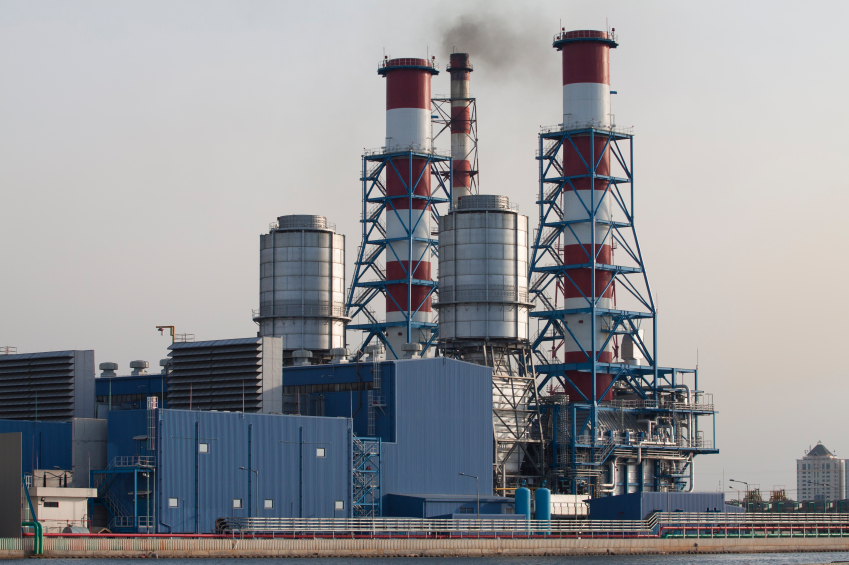AARP Hearing Center

It appears that the Virgin Islands are well on the way to achieving Governor John P. deJongh’s January 2011 th goal of making the VI 60% less dependent upon fossil fuel by 2025 in addition to reducing our skyrocketing cost of energy.
Virgin Islanders currently pay one of the highest energy cost under the United States flag. This high cost is caused largely by two factors: the cost of the fuel used to generate electricity and water and the efficiency of the plants.
The VI Water and Power Authority (WAPA) makes electricity with two different processes. One process involves a gas turbine and the other a steam turbine. WAPA’s gas turbines operate exclusively on # 2 Distillate Fuel – a petroleum based fuel. This is not just any fuel, it is a rarer type of fuel than most other generators use today, and it is more costly.
The second process consists of an oil-fired boiler which uses Number 6 Fuel Oil to create steam. That steam is then used to power a steam turbine generator (STG) which ultimately generates electricity. Click here to learn more about WAPA’s current ability to generate energy.
The second factor in the VI’s cost of generating energy is WAPA’s antiquated electrical generating plant. The generators employed at WAPA are over 40 years old. The amount of energy loss due to the plant’s inefficiency has been estimated by the Public Service Commission’s (PSC) own consultants to occasionally reach as high as 30 percent.
But meaningful change is on the horizon! Two new additions to the VI energy arsenal recently got past major administrative hurdles and one vender, Tibbar Energy, is predicting to begin its operation in June 2015. Tibbar will be an anaerobic digester plant which will generate biogas to be used in WAPA’s electrical generators in St. Croix. Click Joint Release - WAPA Board Approves Agreement with Tibbar Energy--6-27-13to read the official Water and Power Press Release received from WAPA's Public Information Officer, Jerain E. Fleming detailing the WAPA and Tibbar agreement.
The other company, Ocean Offshore Energy, LLC, predicts generating a supply of 10.5 megawatts of energy that would be fed into the WAPA grid on St. Thomas. The company was officially recognized as a public utility at a recent PSC meeting which helps move the process toward reality. With underwater surveys already completed, the company plans to submit final permit applications on July 17 th to the U.S. Army Corp of Engineers and the USVI Coastal Zone Management Commission. Ocean Offshore Energy plans to initially erect one 1.5 megawatt turbine on St. Croix. Two others will follow later, south of the area known as Bovoni, on St. Thomas.
To learn more about the history of the energy situation in the Virgin Islands check our archived articles. If you have any questions or story ideas, please contact AARP VI at viaarp@aarp.org.































































